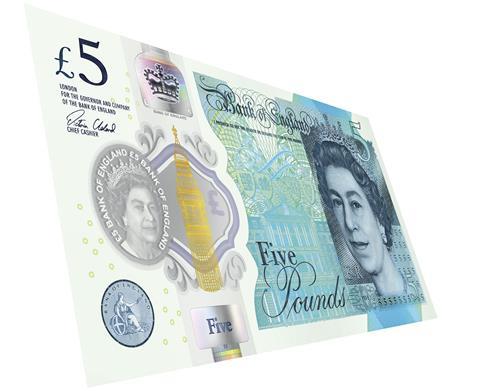
The new fiver has arrived. Around 440 million of the crisp, polymer £5 notes were made available in cash machines and bank counters across the UK last week.
Yet the £70m the Bank of England invested to develop the note could end up as a rather large waste of funds as more people reject cash in favour of contactless and other cashless payments.
A report by Fung Global Retail & Technology suggests Europe could soon move to a cashless society, fuelled by the growth of contactless and in-app payments. In 2013, one in 60 payments in Europe were made using contactless, according to Visa Europe. This year, it’s one in five. In the UK, new data from the BRC, published today, shows cash was used for less than half of all retail transactions in 2015.
The governor of the Bank of England, Mark Carney, has hailed the new note as especially durable and promised they will last “at least two-and-a-half times longer than the current generation of fivers and therefore reduce future costs of production”.
But if contactless is growing and fewer people are carrying cash, the idea that cash will last longer seems almost irrelevant.
“The new ‘indestructible’ fiver has gained lots of column inches from various people trying to destroy it and, although this is good news for security and those who don’t check their trouser pockets, it could increasingly be a redundant argument,” says Theo Paphitis, businessman and former investor on BBC TV show Dragons’ Den.
In the past year, data from Barclaycard suggests the number of ‘touch and go’ payments has increased by 173% in value and 112% in volume [Barclaycard January to July 2015 compared with January to July 2016].
Part of this is to do with the increased spending limit on contactless, which went from £20 to £30 last year. Following that move, discount stores have seen a 736% rise in contactless spending, according to Barclaycard. If that trend continues and the limit increases even further, contactless will become unavoidable for consumers and retailers alike.
Most retailers have already embraced contactless technology. But for those who haven’t (like Sainsbury’s), now is the time to innovate, says Dennis Jones, CEO of mobile payments provider Judo Payments.
“It is imperative that retailers make the most of not just contactless, but also in-app mobile payments to make paying for things quicker and easier, satisfying this demand but also increasing profits by driving more transactions per day,” says Jones.
But is it likely the UK will ever become completely cashless?
A recent survey from Worldpay found one third of consumers think cash will become obsolete by 2020 – that’s just four years away, and three beyond the date the old fiver will be taken out of action. But experts say the outlook is more nuanced than that.
“Although it is true that cash is declining as a whole, it’s very much alive and kicking in some markets and even showing growth in others,” says Ross Macmillan, head of research and intelligence at Allpay, which processes payments for businesses. “Every year hundreds of millions of payments for bills are made with coins or paper, providing flexibility and convenience for the likes of the rurally isolated, unemployed, under-banked, digitally excluded, elderly or vulnerable.
“The new polymer note reinforces the fact that bill issuers need to continue to offer a multichannel approach that caters for all needs and circumstances,” he adds.
For those who don’t have bank accounts or access to the internet, cash is still a significant part of life. It may be declining as a payment method in many parts of the retail sector, but cash is a long way from dead yet.








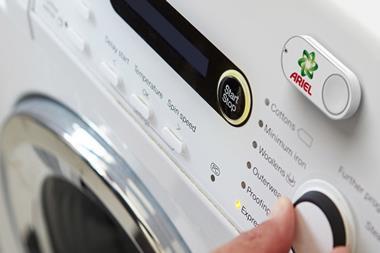

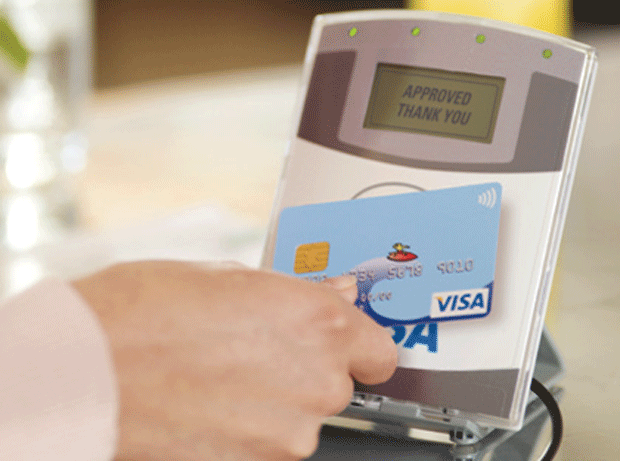
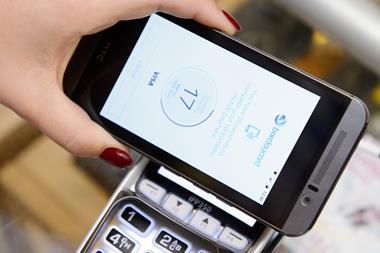
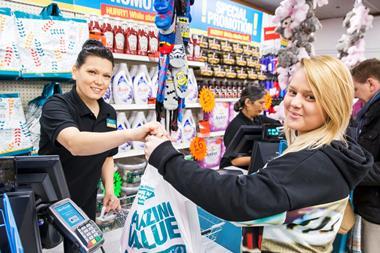






1 Readers' comment